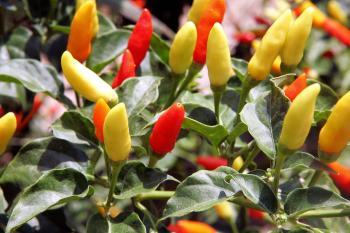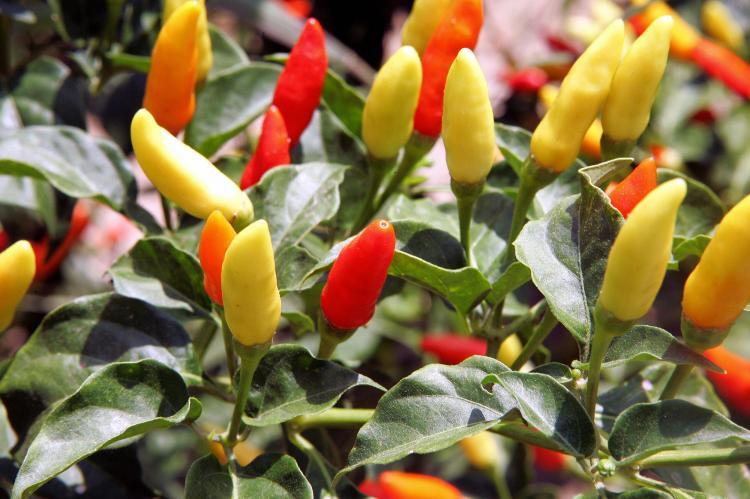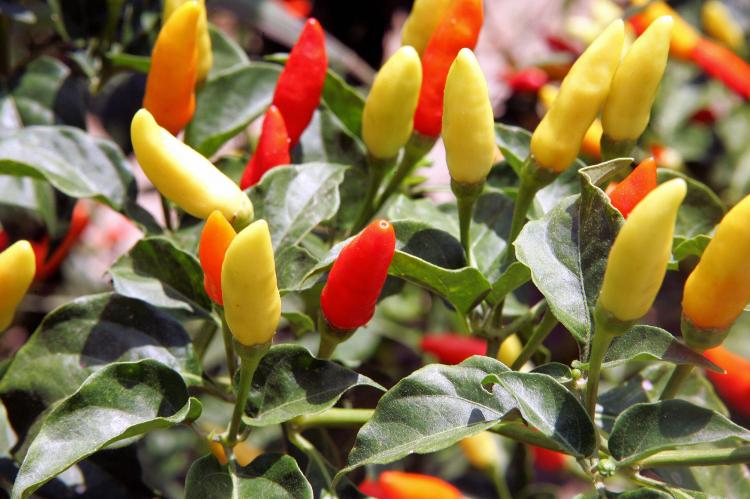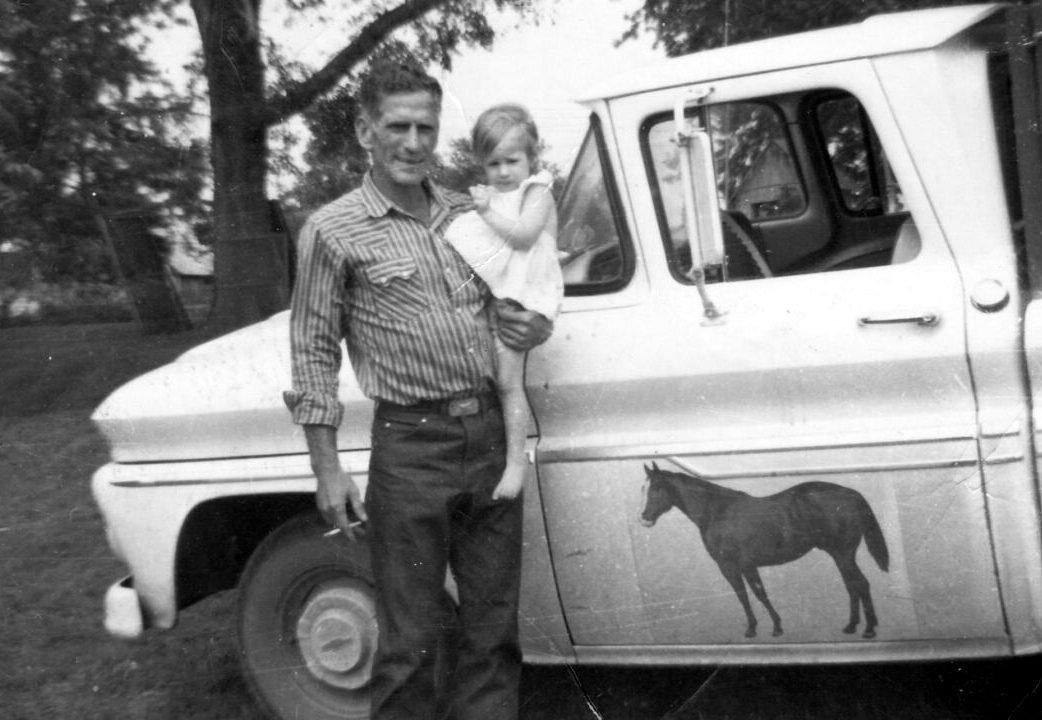My husband and I moved into another house this summer, and because we spent so much time preparing to move, actually moving, and then unpacking (I still don’t have everything back up on the walls yet), time for gardening (flowers and vegetables) was minimal.
I did get some tomatoes and peppers planted, finding out in the process that the area I planted them in had poor soil and not enough sun. We harvested a few good tomatoes and peppers, but it was mostly, at best, a learning experience. Some flowers, in pots and hanging baskets, also got planted, but suffice to say I did not really accomplish what I had originally intended.
So, when the end of August approached, I couldn’t help but feel a bit dejected and disappointed, since it was too late to do much more of anything . . . or so I thought! First, I noticed that on the backs of the packages of seeds I had originally bought to plant in the Spring, it clearly stated that certain vegetables and flowers could (and sometimes should!) be planted in the Fall.
Cross-referencing with the internet, I found that perennials in particular do best if planted in the Fall, since most plants consider the heat and sometimes drought of Summer to be the most taxing, whereas the cooler temperatures and more liberal rainfall of the Autumn season provide less stress. (Maybe that’s why I always like Fall best, too!)
Of course, I had always known that it’s best—if not required—to plant daffodils, tulips, and similar plants in the Fall, but planting seeds that late seemed to be a silly waste of time and a lot of wishful thinking. Not so, according to my sources!
Let’s talk vegetables first:
- Vegetables like lettuce, spinach, radishes, etc. can be planted as late as early September if your average first frost is as late as Oct 30. If your average first frost is about a month later, you can also plant (as late as the middle of September) beans, beets, broccoli, and cabbage.
- If you have trouble getting the seeds to germinate in the heat, plant indoors, and then transplant outside when the plants are a few inches tall.
- If you are planting lettuce or greens of some kind, consider using window boxes. They can be moved indoors to a table easily when it gets too cool and harvested just like a “row” in the garden.
- If you originally planted your tomatoes, etc., in pots or other containers on a patio or deck, bring them in when it gets too cool. They’ll continue to bear fruit even when indoors, if you can give them a somewhat sunny, warm spot as well as some fertilizer as needed. (I had some cherry tomatoes that bore fruit until after Christmas last year, and might have continued even longer had I transplanted them into a bigger pot with fresh potting mix!)
Flowers:
- Most perennial seeds can be planted right in the soil in the Fall, allowing the seedlings to come up in the Spring, when you can transplant them as needed or desired.
- Consider planting your bulbs to create “bouquets” instead of in lines or geometric patterns. Plant bigger bulbs, like normal-sized daffodils and tulips in a “bunch” at the center and bottom of a wide 10” deep hole, cover with about 4” of soil, and then plant bulbs of smaller flowers, like miniature daffodils or hyacinths around the edge, covering them with the rest of the soil.
I also want to share some great websites that I plan to use myself in the future:
Hume Seeds, Fall & Winter Vegetable Planting Guide at http://www.humeseeds.com/falwint.htm
Heirloom Seeds Fall Planting Dates for Vegetables http://www.heirloomseeds.com/schedule-2.htm
Remember: gardening can be a year-round activity!




